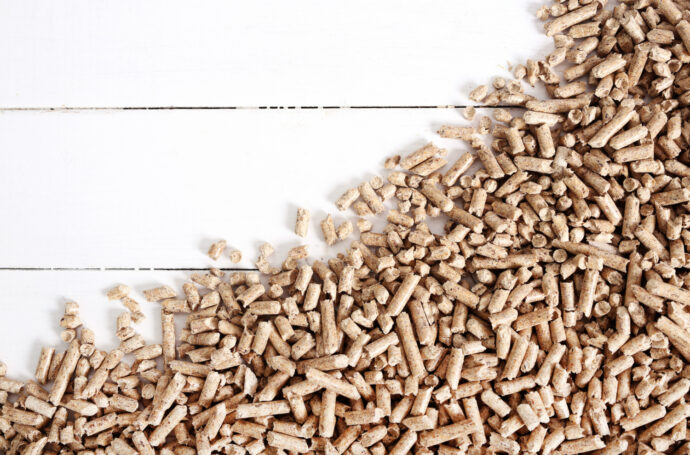
Unsurprisingly, many people today are interested in sustainable energy sources for quite a few reasons. First, there’s the worsening condition of our environment due to an increased carbon footprint: everyone should have noticed the climate changes after two extremely hot summers in a row! Second, there are the ever-growing prices of everything, including all sources of energy! So, no wonder that people are desperately trying to cut expenses and at least somehow help our environment (even though pollution is mainly caused by big corporations that should do something about it).
One option to gain a cleaner energy source is by using hardwood pellets. You should’ve heard about hardwood pellets by now, especially if you’re into eco-friendliness. These small particles can help you cut expenses and contribute to the trend of reducing one’s carbon footprint. This simple guide explains what wood pellets are and whether you should consider buying a pack or two.
What Are Hardwood Pellets?
Hardwood pellets are tiny cylinders of compressed hardwood sawdust and shavings. They are the outcome of a painstaking procedure that entails converting wood waste into a clean-burning energy source. Consider them the environmentally responsible relative of traditional firewood since they provide a slew of benefits that make them a superior alternative for heating and cooking.
The collecting of sawdust and wood shavings, often derived from sawmills and woodworking operations, is the first step in the manufacture of hardwood pellets. This first step alone contributes to waste reduction in many businesses, making pellets an ecologically responsible choice from the start.
After the raw materials are obtained, they are thoroughly cleaned to remove any pollutants. The wood particles are next finely pulverized and dried to a particular moisture content, which is generally less than 10%. This moisture management is critical because it guarantees that the pellets burn efficiently and generate as little ash as possible.
The compression stage follows. High pressure is used to drive dry wood particles through a die, resulting in dense, cylindrical pellets. Because no additives or binding agents are required during this procedure, hardwood pellets constitute a pure and natural fuel source.
For quality control, the newly created pellets are cooled, filtered, and carefully examined. Any inferior pellets are eliminated from the batch, guaranteeing that only the best reach the shelves of stores.
Why Should You Consider Hardwood Pellets?
Hardwood pellets aren’t limited to just heating your home: they have a wide range of applications. Modern pellet stoves offer a clean and efficient way to heat your living space, with some models boasting impressive automation and remote control capabilities. There are other reasons why people should consider using these pellets. The list goes as follows:
- Hardwood pellets are popular for their high energy density, meaning they produce a substantial amount of heat per unit. This efficiency leads to cost savings as you use less fuel to achieve the same level of warmth compared to traditional firewood.
- Using hardwood pellets is an eco-conscious choice since they are wood waste that helps reduce the burden on landfills and promotes sustainable forestry practices.
- Hardwood pellets are easy to handle and store because they are sold in bags or bulk, and their compact size means they require less storage space than logs.
Pellet grills are quite popular among barbecue fans, too. They provide constant and exact temperature control which enables you to easily grill, smoke, roast, and bake.
Final Thoughts
Hardwood pellets are a low-dust alternative to traditional straw or shavings for horse bedding. They contribute positively to eco-friendliness and are an efficient source of fuel. Moreover, they are cheaper and easier to store. So, what’s not to like?
